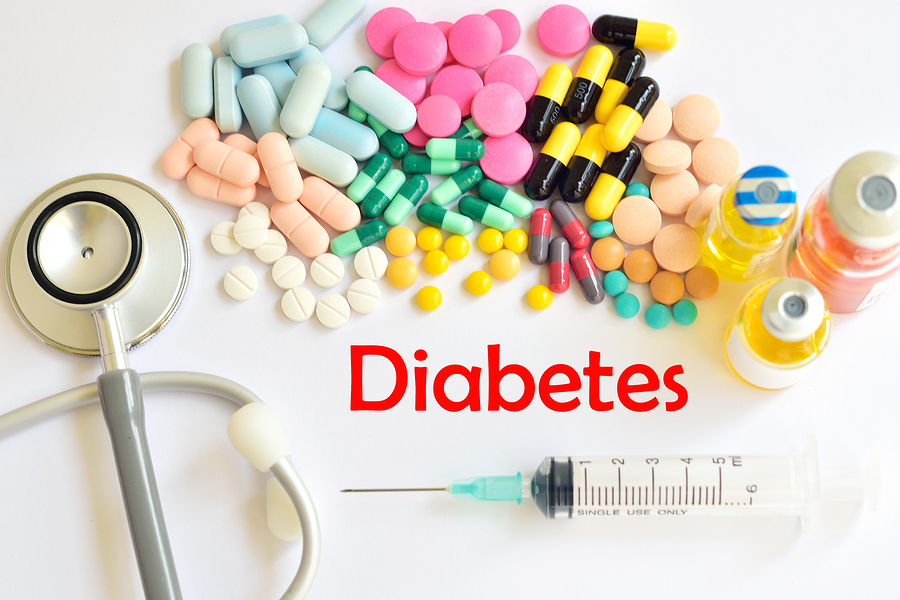High Dose Sildenafil: All Aspects and Recommendations
If we are talking about the original drug, then the maximum permissible dose, which is dispensed by prescription, is 100mg. How to calculate the dose according to the time frame? The dose per dose is also calculated for 24 hours. Moreover, this dose is considered not a single but a daily one as well. If…
Read more










